
People are shifting to newer technology and renewable and environment-friendly materials owing to the growing concerns of global warming. Wood is considered a green option compared to other flooring materials as it has a relatively smaller environmental impact and is a renewable resource. Wood flooring also provides everlasting beauty and gives a home a classic interior. They are available in different textures, patterns, species and colours to compliment any kind of interior. Even though they have a high installation cost, in the long run, they are economical compared to carpets, which have to be replaced periodically.
What is Wood?
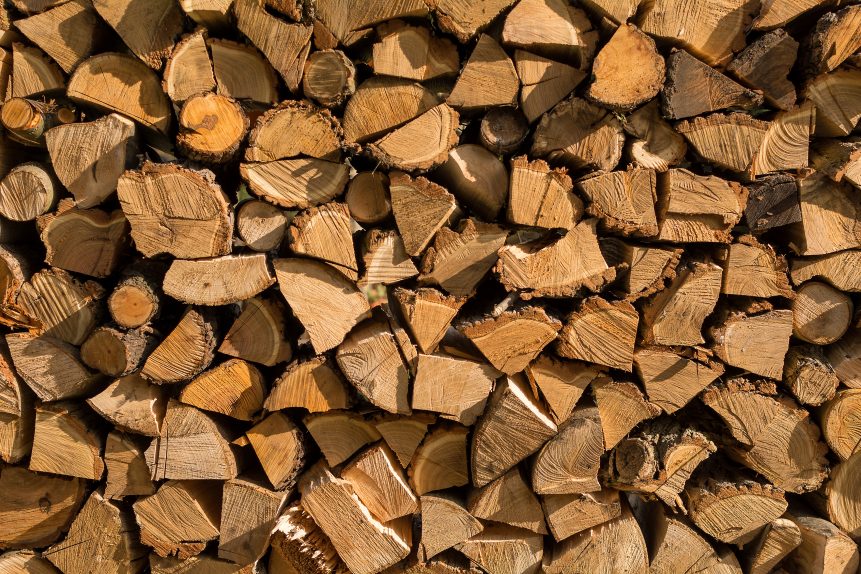
Wood is a porous material obtained from the stem of trees. Since ancient times, wood has been used primarily as fuel and, perhaps, as the first construction material. It has been used as a building material for more than 10,000 years. With the advent of technology and research, various species of wood are now being used in construction in different forms and for different purposes across the world.
Wood Flooring
Wood floorings can be classified based on the type of wood used in the flooring. According to ‘Philip Garrison’ (Author of Basic Structures for Engineers and Architects), wood can be classified as hardwood and softwood, depending on the trees from which it is obtained.
- hardwoods, obtained from deciduous (leaf-shedding) trees.
- softwoods, obtained from coniferous (evergreen) trees.
Hardwood is hard and more durable compared to softwood. Softwood comes from evergreen trees, while hardwood is obtained from deciduous trees.
Let us learn more about these types of wood and the pros and cons of hardwood vs. softwood flooring. The soft and hard wood differs not by name or density, but they differ in tree structure and their origin.
Hardwood Flooring
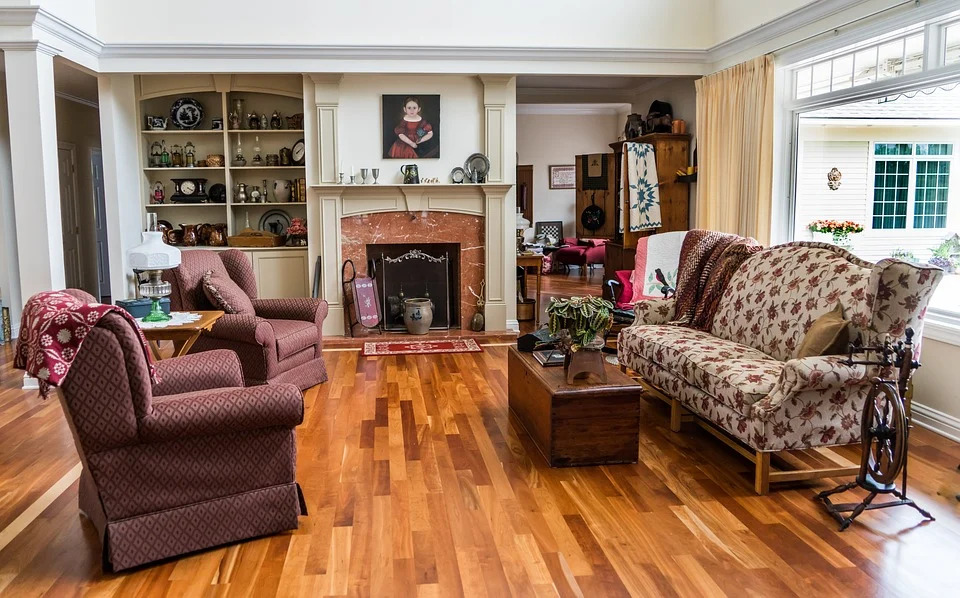
Hardwoods are angiosperm trees whose fruits have hard shells. Generally, deciduous trees that lose leaves periodically produce hardwoods. They are very dense, which makes them hard and strong. Hardwood flooring is long-lasting and is more resistant to wear and tear compared to softwood flooring. It can last a lifetime or more if it is properly cared for and maintained. Hardwood is generally used in solid form, as well as the engineered form of wood flooring. Hardwood trees are very difficult to grow; they take many years to grow fully and yield wood, which is why they are very expensive.
Most Popular Types of Hardwood Flooring
Oak Hardwood Flooring:
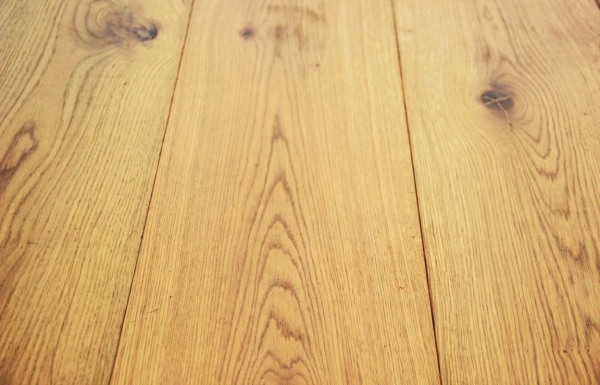
Oak hardwood flooring is a perfect fit in traditional-style homes as it blends well with a wide variety of furniture and décor. It is a common hardwood flooring species and is loved for its classic good looks and old-fashioned comfort. Oak hardwood flooring is available in two primary varieties: red oak and white oak.
Besides flooring, oak wood is used as construction material in other elements of the building.
Beech Flooring:

For all domestic items (like a chopping board) and some light commercial designs, beech wood is appropriate. However, beech wood is less widely used for flooring these days. It has a reddish-brown colour and a very clear grain. It is very robust and has outstanding resistance to shock.
Walnut Flooring:

Walnut flooring is noteworthy for its rich brown colour, which also has a purple hue. In any house, the dark swirling grains of the walnut flooring appear stunning. Its stellar photo sensitivity makes walnut flooring a perfect option for rooms with direct sunlight all year round. The use of walnut floorings in areas such as the dining room, where heavy chairs slide back and forth regularly, is not recommended. However, walnut floorings have a high resistance to light damage.
Maple Hardwood Flooring:

One of the most distinctive kinds of hardwood flooring is maple. Maple is noteworthy for the distinctive grain pattern that separates it from other hardwoods. The light colour and uniform texture of the species also appeals to the masses.
Longevity is another highlight of the maple hard wood flooring. It’s simply one of the toughest available hardwoods and does not easily scratch or scuff.
Mahogany Wood Flooring:

Mahogany makes for a rich, thick, and dark floor. This tree grows in warmer climates in areas such as Mexico and South America. Mahogany is tough and durable, although it is quite expensive.
Hickory Hardwood Flooring:

Few American hardwood species are harder or stronger than the hickory species. So, of course, hickory hardwood flooring is notable for its extreme durability. If properly treated, hickory hardwood floorings will last a lifetime with minimal wear and tear. Typically, hickory is a medium tan to light red-brown colour. It is also rarely available in a creamy-white hue. Hickory typically has dramatic grain patterns, regardless of colour.
Teak Wood Flooring:
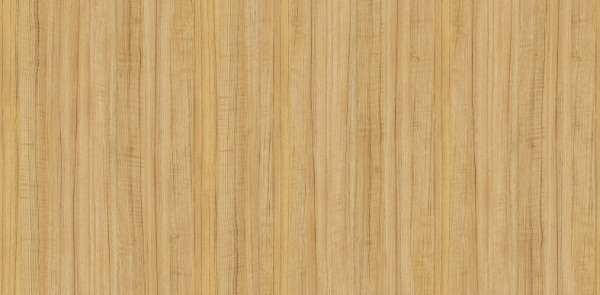
Teakwood flooring is becoming a very popular type of hardwood flooring these days. This exotic wood is most important for its durability. It’s one of the strongest and hardest woods available and has a natural shine and finish. While teak still preserves its natural oils, it looks better with stain or added varnish. For this reason, many individuals chose to leave teak unfinished and let it mature naturally.
The use of teak wood is not restricted to flooring, however. It is also used to make furniture.
Advantages of Hardwood Flooring
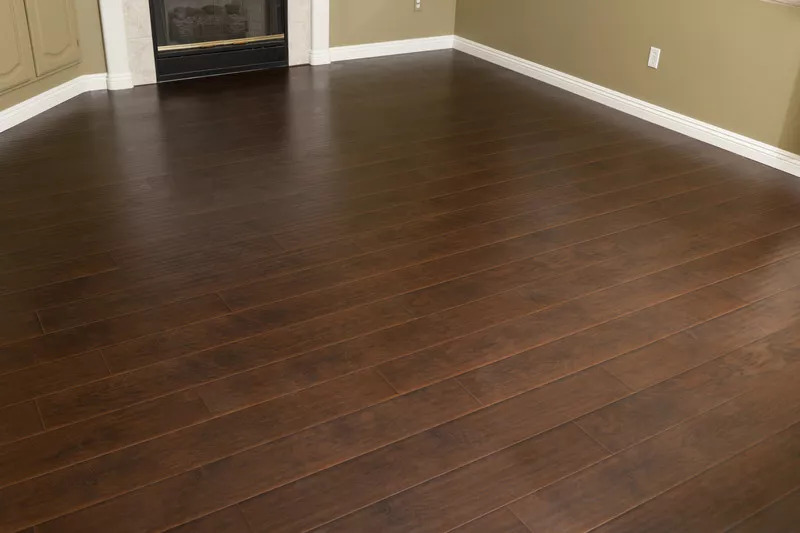
Homes with hardwood floors also tend to sell faster than homes with carpeting from wall to wall. Buyers are willing to pay more for homes with hardwood floors.
Hardwood flooring, from traditional to modern, fits all types of home decor. It is available in different species such as oak, cherry, and walnut, and can be sanded and stained to suit your taste. You can also change the look of your hardwood floors as your style shifts.
Disadvantages of Hardwood Flooring
Wood floors are an expensive choice. Besides installation, it is important to refinish scuffed and scratched floors. The softer the wood, the easier it is to blemish and scratch. Hardwood floors are also susceptible to damage in high-traffic areas, especially when there are pets or children. Apart from this, refinishing also produces dust from the polyurethane coating and fumes from sanding.
Hardwood flooring can be noisy when walking over it, and if you live in an apartment, it can be a nuisance to your downstairs neighbours.
Softwood Flooring:
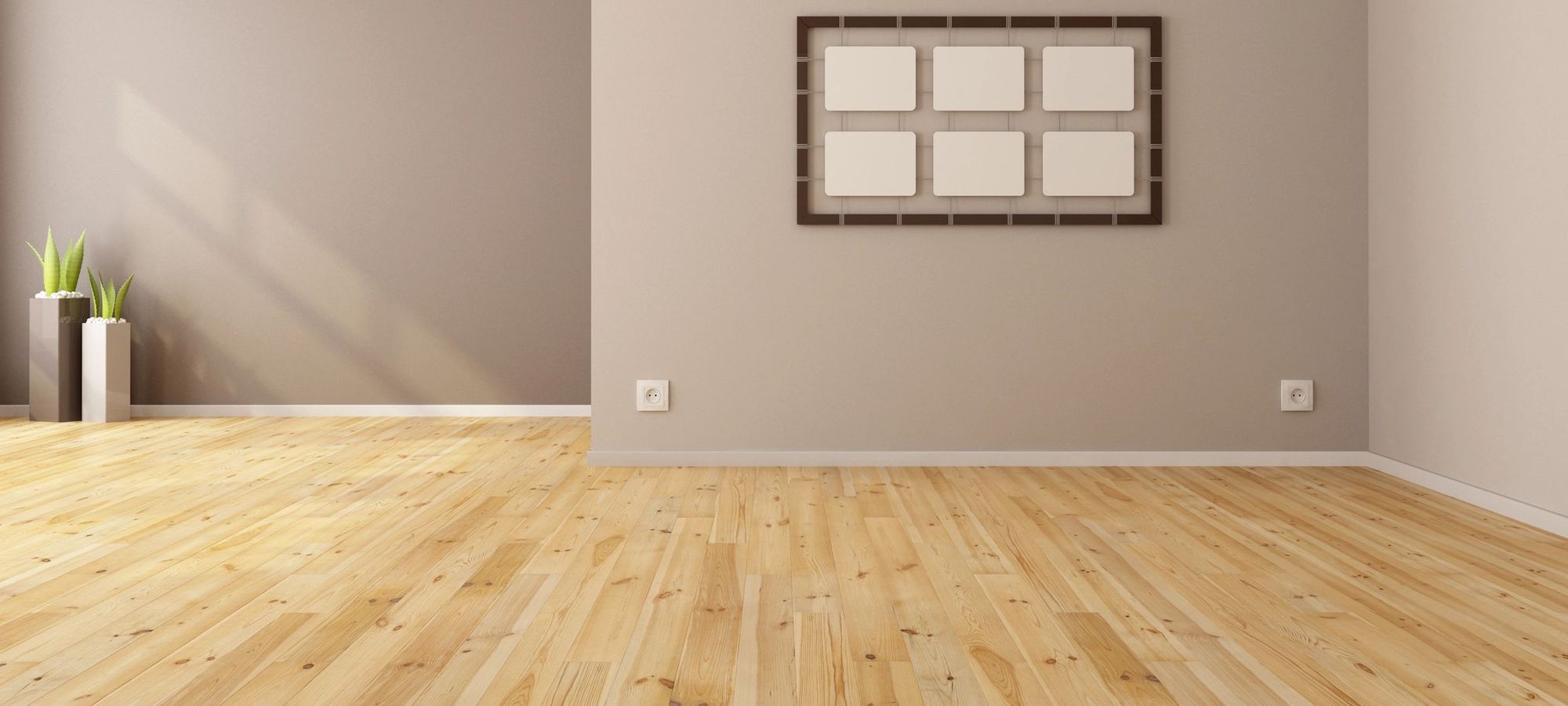
Softwoods are gymnosperm trees whose fruits don’t have hard shells, which means that they are not covered. They spread through the air and grow easily compared to hardwood trees. Softwood is obtained from evergreen trees. They are cheaper because they are available in abundance. Softwoods are characterized as being soft and lightweight, which means that they can easily be scratched and dented. While softwood is generally not used in flooring in its entirety, it is used in engineered wood flooring. Softwood is usually used in making doors, windows, paper, medium-density fibreboards etc.
Softwood flooring can be used in areas where foot traffic is low, such as bedrooms. Softwood flooring has less durability, but if your budget is tight, it is a cheaper option than hardwood flooring. You can increase its durability by sealing softwood flooring with a good quality sealant.
Most Popular Types of Softwood Flooring
Pine Wood Flooring:
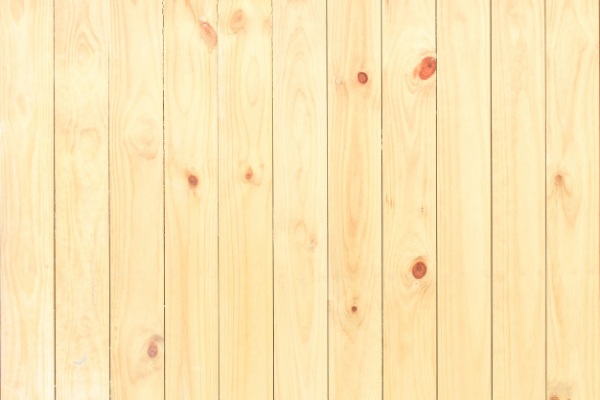
Pine is brown-yellowish in colour and includes several knots and swirls. It has a natural insect resistance, grows quickly and is almost as durable as red oak.
Just like teak wood, pinewood is also used to make furniture.
Cedar Softwood Flooring:
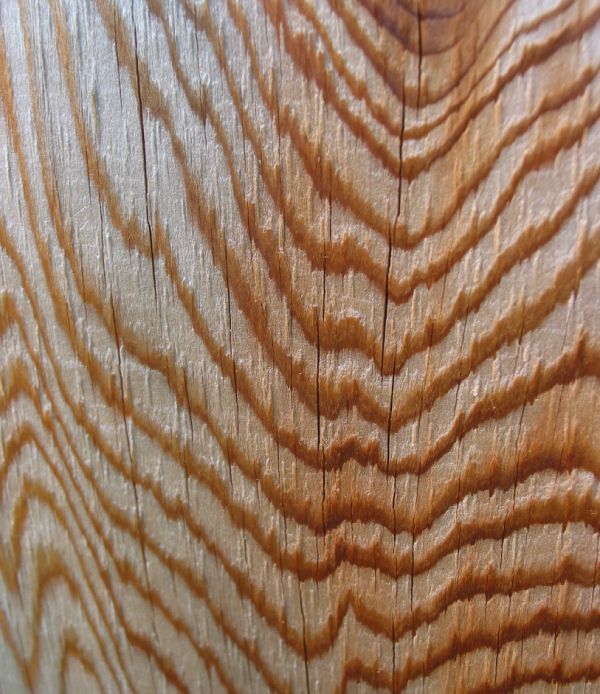
Cedar is one of the most popular options for wood flooring. Due to its delicate fragrance, many people choose cedar floorings for their homes. This wood has a very fine grain and is wood of a red hue. However, cedar sapwood is white.
Spruce Flooring:

Spruce wood flooring has a warm and pleasant charm. It has lively patterns of knots and the traditional grain of softwood. Since its surface feels pleasantly velvety underfoot, due to its soft wood fibres, the feel of spruce wood is very unique.
Fir Wood Flooring:
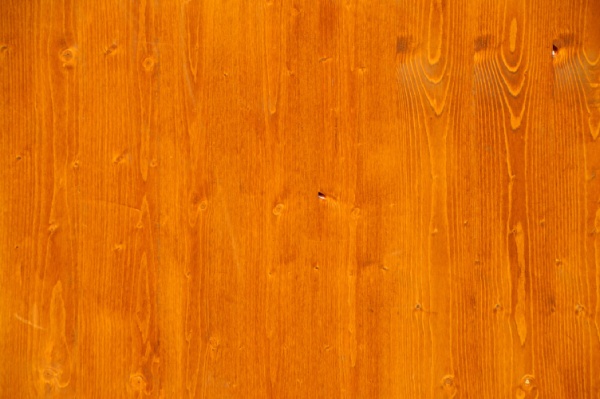
Fir is available in tan-yellowish colour and is only half as soft as red oak, meaning that it can get dented quickly. While fir is usually used for flooring, it can even be used for walls and furniture.
Advantages of Softwood Flooring
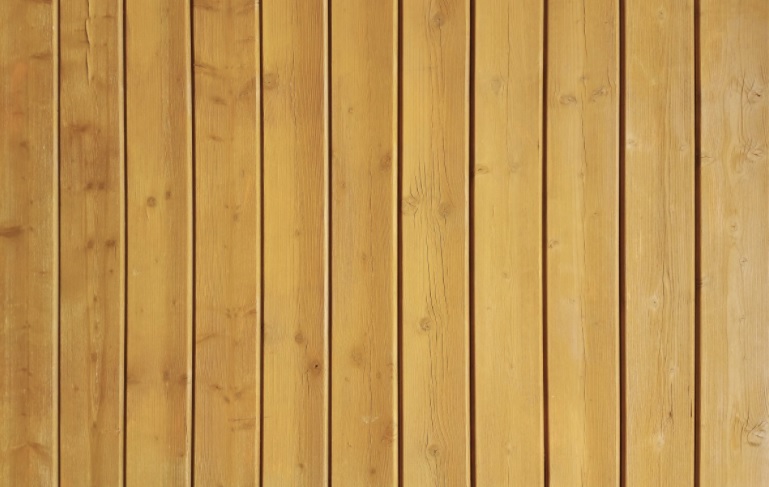
Softwood is bound to cost less than any hardwood, no matter which one you choose. For instance, for half the cost of oak, you can usually get pine, maybe the most ubiquitous hardwood flooring material. Pine also costs much less than vinyl flooring in certain instances!
Another reason why softwoods are liked so much is as they are more environmentally friendly than hardwoods that grow more slowly. Since many kinds of softwood grow very rapidly, they lend themselves to sustainable agriculture and harvesting. Softwoods, like bamboo, can be considered a natural resource.
Disadvantages of Softwood Flooring
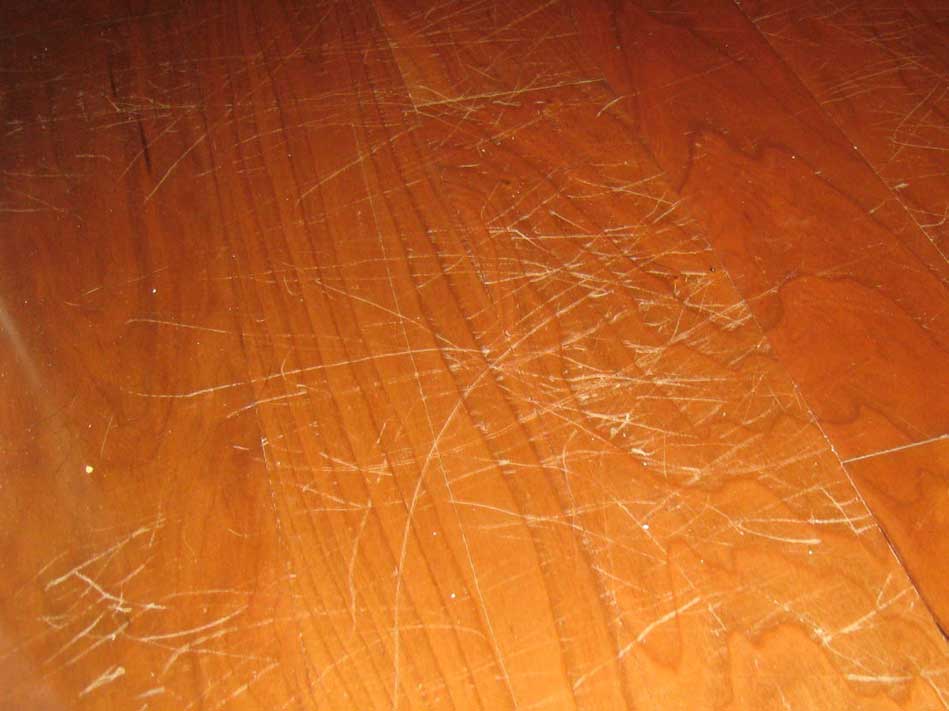
Though there are different degrees of tolerance among softwoods, it can generally be stated that softwoods are more vulnerable to dents, dings, and scratches compared to hardwoods. In a kitchen where canned goods might spill off a countertop, or in a living room where the floor could be subject to the high heels of a visitor, softwoods will eventually begin to display wear, and sooner rather than later.
Softwood flooring options are fewer than hardwood. That’s mainly because many people fear that they will get damaged and are hard to maintain. These are all basics you needed to know about hardwood vs softwood flooring. The distinction between hardwood and softwood flooring is not in the name or the density, but the tree’s structure and origin. When it comes to choosing a wooden floor, consider if hardwood or softwood would suit your home and lifestyle best. Let us know in the comments if you would like more information on the same or any other topic.
Read Also:
Pros and Cons of Wood Flooring
Solid Wood Flooring: All You Need to Know
Image Courtesy: Image 2, Image 6, Image 7, Image 8, Image 10, Image 12, Image 13, Image 16, Image 19


































